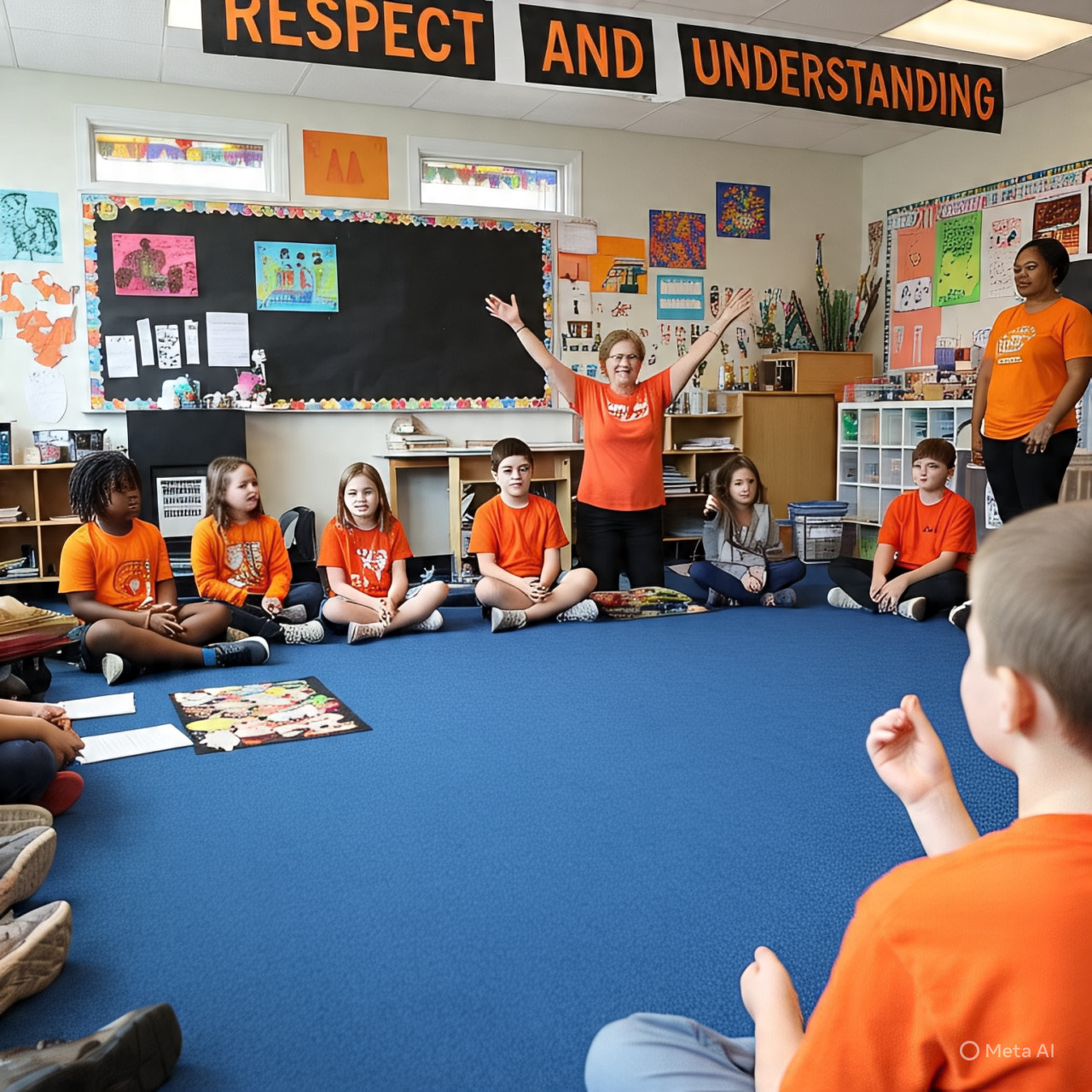Every September 30th, students and staff across Canada pull on bright orange shirts with a simple but powerful message: Every Child Matters. But what does that really mean, and why is it so important that we mark Orange Shirt Day in our schools? The day traces back to Phyllis (Jack) Webstad, a residential school survivor from British Columbia. When Phyllis was six years old, she wore a brand-new orange shirt to her first day at St. Joseph Mission Residential School—a gift from her grandmother. That shirt was taken from her on arrival, and she never saw it again. Her story became a powerful symbol of how Indigenous children had their culture, identity, and sense of belonging stripped away in the residential school system. When we wear orange today, we’re not just showing solidarity—we’re recognizing that history, honouring survivors, and committing to reconciliation.
In schools, Orange Shirt Day isn’t just a symbolic gesture—it’s an opportunity to open conversations that matter. It encourages students to learn about Canada’s residential school history in an age-appropriate and honest way. These conversations may be uncomfortable, but they’re essential. They build empathy, awareness, and a deeper understanding of the experiences Indigenous families have faced for generations. When students hear stories like Phyllis’s, it becomes real to them. They start asking questions, reflecting on fairness, and often come away with a greater sense of justice and compassion. It also empowers students to take action. From creating orange shirt art, to writing reflections or organizing awareness walks, students learn that their voices can be used to stand up for others. This day can inspire them to think critically about their role in reconciliation—not just in school, but as future citizens of a more just society.
For educators, there are many excellent tools available to help bring Orange Shirt Day into the classroom in a meaningful way. For younger students, this Orange Shirt Day Primary Pack includes engaging stories, worksheets, and discussion ideas tailored to their level. To encourage mindfulness and reflection, especially in creative learners, these Orange Shirt Day Mindfulness Colouring Pages are a great activity that reinforces the day’s message in a calming, thoughtful way. For older students ready to go deeper, this Truth and Reconciliation Reading Comprehension resource challenges them to explore the deeper impacts of the residential school system and the importance of reconciliation today.
Of course, the significance of Orange Shirt Day shouldn’t end when the shirts come off. While September 30th is a powerful moment of recognition, the journey toward reconciliation is something we need to commit to year-round. That might look like incorporating Indigenous voices and authors throughout your curriculum, inviting Elders or community members into your school, or giving students time and space to reflect on what reconciliation means to them in their own lives. What matters most is that we, as educators, keep learning too. We won’t always get it perfect, but showing up, being open to growth, and modelling that humility for our students is a big part of this work. By making space for these conversations, we help ensure that every child in our classroom knows they matter—not just on September 30, but every day.
If you’re looking for ways to get started or go deeper this year, these Twinkl resources can be a valuable support. More importantly, don’t underestimate the impact of creating a classroom where truth is welcomed, respect is taught, and every child feels seen. That’s what Orange Shirt Day is truly about.

































